Sahar Khan Lake contains more than 50 billion tons of sodium chloride (table salt), which can supply 6 billion people around the world for 1,000 years.
Referring to Qinghai (a province in the northwest of China), many people must be impressed that this place has more than 100 large and small salt lakes that attract a large number of tourists. The salt lake is calm and white like giant mirrors reflecting the sky above, creating a magnificent scene like an endless parallel world.
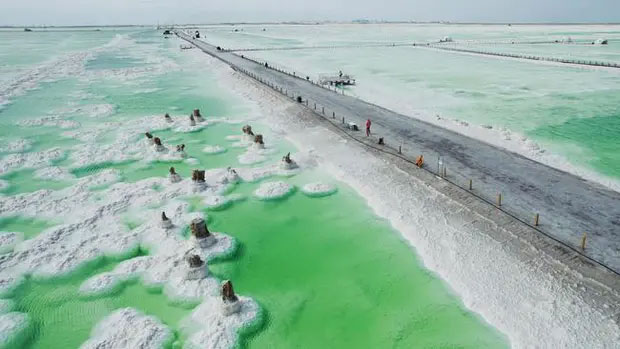
The salt lake is calm and white like giant mirrors.
But, perhaps you don’t know, deep inside the Sai Dat Moc basin (international name: Qaidam or Tsaidam, which has an area of approximately 120,000km², a quarter of which is covered bysaltwater lakes and dried up) has the largest salt lake in China – Sahar Khan, also known as Qarhan Lake.
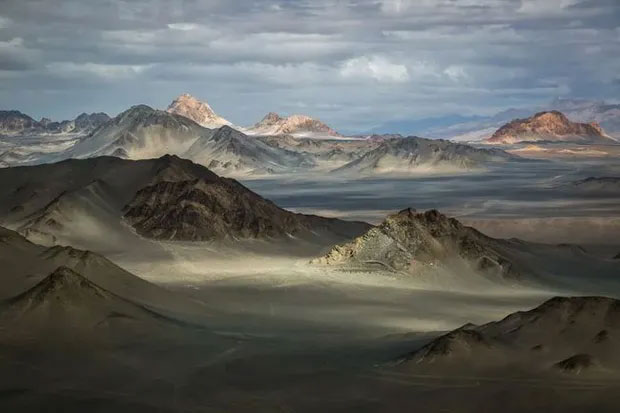
Sai Dat Moc basin.
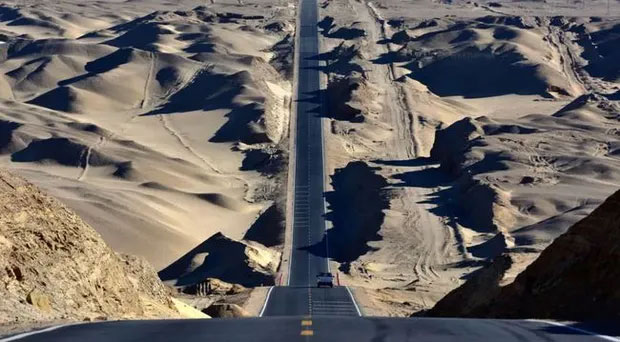
The highway runs through the Sai Dat Moc basin.
China’s largest salt lake
In Mongolian, “Sharhan” means “world of salt”.
Sahar Khan salt lake has a total area of 5,856km², is the convergence of other salt lakes such as Dat Bo Ton (Dabuxun Lake), Huo Bo Ton Nam and Huo Bo Ton Bac (Hulsan Lake), Sap Niep (Senie Lake). . There are also small tributaries of the Cach Er Moc (Golmud) river, the Sai Dat Moc river. pouring in.
Shairhan is the largest salt lake in China, and is also one of the most famous continental salt lakes in the world. The water is constantly evaporating, causing salt to crystallize on the surface of the lake. The Tibet Railway and the Tibet Highway were built on this salt shelf.

Salt shelf in the middle of Chahar Khan lake.
On the Sahar Khan salt lake, there are 32km of railways and highways running through. This road is likened to the “Thousand-Truong Salt Bridge” floating on the immense salt lake.
Sahar Khan Lake contains more than 50 tons of sodium chloride (table salt), which can supply 6 billion people around the world for 1,000 years. And yet, this place also produces famous Carnalite stone. This stone is almost crystal clear, shimmering in the sunlight, looking extremely eye-catching. Carnalite stone is used to make handicrafts, sophisticated interior decoration.
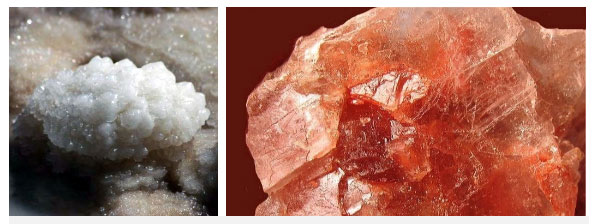
Red and white carnalite.
Sahar Khan – where earth and sky merge into one
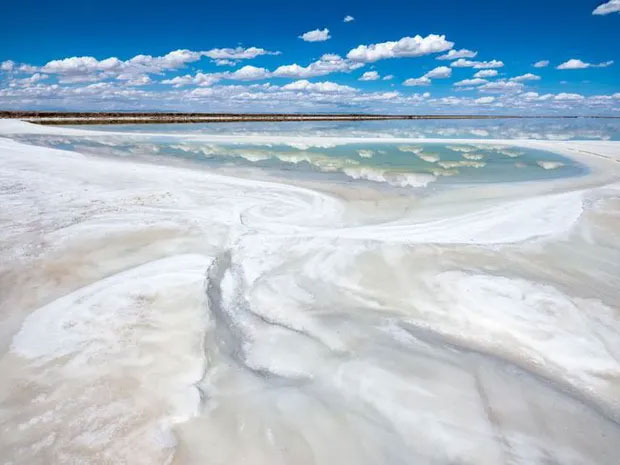
The lake is like a mirror reflecting the sky.
The area around the salt lake is flat like an endless desert, creating an extremely unique landscape. Seen from above, the salt fields appear like giant sparkling fish scales that are evenly arranged in layers. Unfortunately, there are no trees here, no fish in the water, no birds in the sky. All is just a piece of silence choking on salty salt.
The salt shelf on the lake has a very large load, both cars and trains can pass. Airplanes can also land on this salt shelf, even building houses and factories are completely doable. The Tibet Highway and the Tibetan Railway run across the salt lake, 32 km long, called the “Thousand-Triple Salt Bridge” and the “Iron Rainbow”, respectively.
Although the Sahar Khan Salt Lake is not a place for plants and animals to grow, it does produce beautiful gems, “miracle salt flowers” that grow in the midst of vast salty fields.
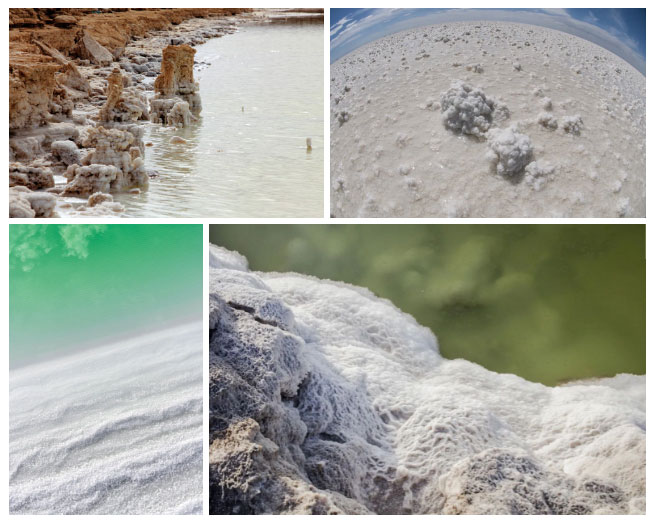
The phenomenon of “salt flower” in Chahar Khan lake.
Salt flower is the crystallization state of salt after water evaporation. Depending on the concentration of sodium chloride in the water, the formation time and hardness of salt flowers will not be the same.
The salt flowers crystallized in Sahar Khan Lake like pearls and corals, glittering layer by layer, making this place even more splendid as a fairyland. That is also the reason why Sahar Khan salt lake welcomes more than ten thousand tourists every year, although the roads and climatic conditions are not very favorable for sightseeing.
Just imagine, standing on the road of “Thousand-Truong Salt Bridge” in Tibet, the four sides of the lake are clear and calm in the shadow of the blue sky, you seem to be immersed in an endless world, not knowing where the shore is, the feeling It’s so amazing that I can’t believe this is real.
Source: scienceinfo








